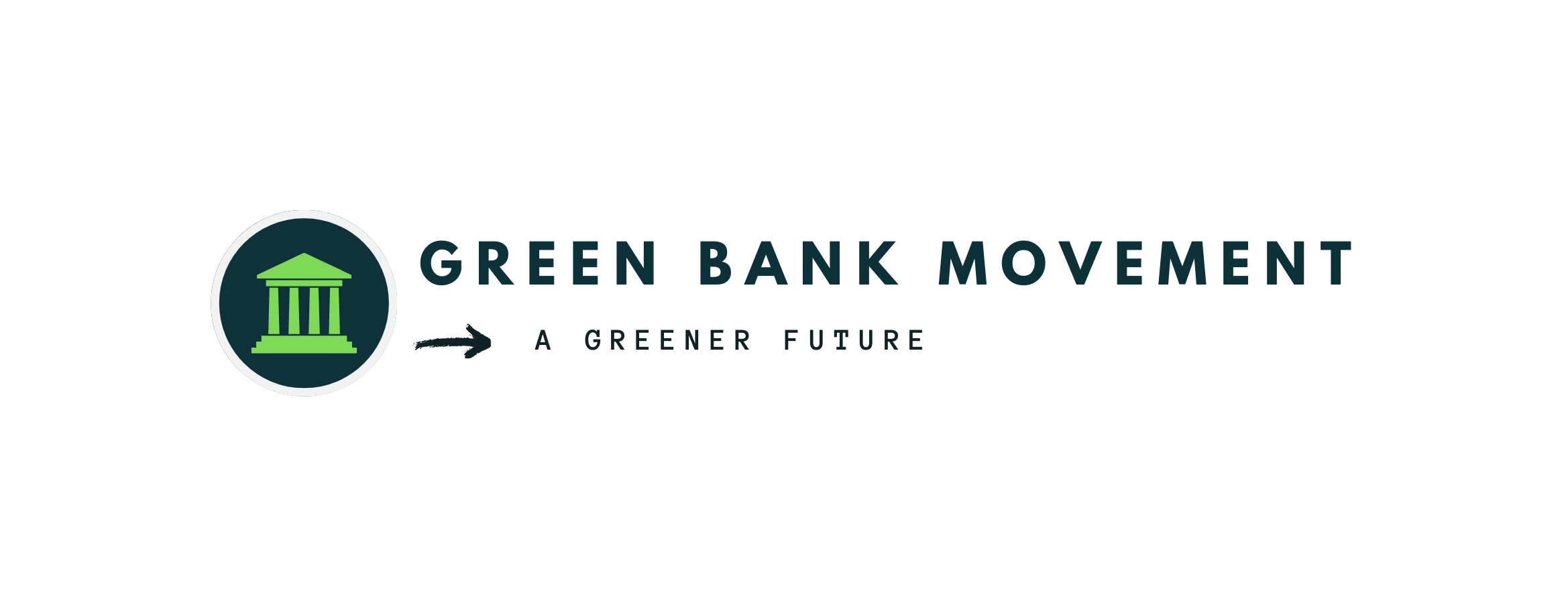FILLING GAPS BY BUILDING BRIDGES
Building Relationships to Accelerate Green Adoption
Green banks leverage limited amounts of public resources to minimize risk and unlock more capital from the private sector, however, since they’re market catalysts, green banks leverage partners to equitably expand access, build wealth, and encourage climate resiliency.
At their core, green banks are built to be our allies, not competition! They integrate a partnership approach to clean energy adoption because they have to build bridges over a host of barriers that stalls our transition away from fossil fuels.
For example, unlike the cost of using fossil fuels, deploying clean energy equitably across markets is difficult because upfront costs are extremely high and generally inaccessible to the public.
Similarly, the needed infrastructure to sustain these solutions is spare. Consider electric vehicles, new tax credits are making EVs more accessible to certain consumers, however, because public charging states and smart grid systems aren’t readily available in all markets, market participation is limited to those who can adapt to higher upfront costs.
This is exactly why green banks build bridges to fill gaps; they use their tools to increase knowledge and understanding of these solutions by developing partnerships to expand access. Green banks work with financial lenders, state and local governments, nonprofits, contractors and developers, utilities, and other green banks because the mission is to minimize risks and encourage our motivation towards the green market to accelerate green adoption everywhere.
For example, Colorado Clean Energy Fund, Michigan Saves, Nevada Clean Energy Fund, DC Green Bank, and Montgomery Green Bank aren’t direct lenders. They all have a whole host of products for energy efficiency and development at both commercial and residential levels, but they don’t lend money directly to borrowers. Instead, they make lending possible for community and commercial lenders to expand their portfolios and encourage public adoption.
Green banks will take on the risk, negotiate the best rates and then redirect borrowers toward their partnered lending institutions. Through this method, green banks operate as intermediary entities, which removes barriers to adoption and unlocks additional capital that would have otherwise not existed.
To address supply chain issues, all green banks play a variety of roles and wear a series of hats throughout the project development process. Once the demand for adoption has increased, the ability to implement these solutions is obstructed by a host of challenges. For example, manufacturing capacity and workers training. We may have the technology available, but how can we scale it equitably across all markets, if knowledge and infrastructure are limited?
All green banks leverage their partnerships to address these challenges. For example, they increase awareness around clean energy technology by building networks of state and local contractors and developers to expand demand and accelerate the deployment of green solutions at both the residential and commercial levels.
This challenge is typically magnified in underserved and neglected markets, where access to clean energy technology, manufacturing capacity, and worker education is very limited. Unlike other policy vehicles, that can only irregularly invest in clean energy projects, green banks regenerate and sustain that momentum by connecting industry dots and leveraging partnerships to establish resiliency and build wealth.





